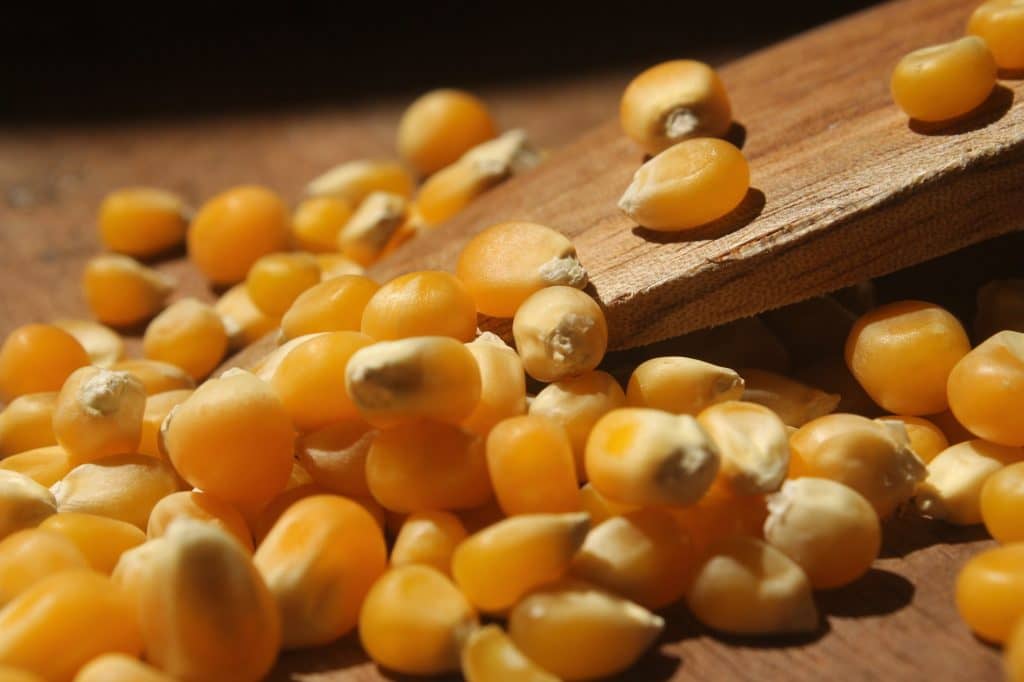Porto Alegre, July 12, 2022 – This second week of July will be marked by several indicators, both from the financial market and the fundamentals of the corn market. Undoubtedly, all with potential for strong volatilities on the Chicago Board of Trade (CBOT) once again. We are entering the decisive phase of US production and with important changes in rainfall forecasts, despite the good condition seen in the first week of July. The market priced again the climate risk, regardless of the economic variables that are being observed worldwide and that suggest a recession. For the cut in demand to reach food due to a recessive factor, we need more time because this does not happen immediately. The first point is the definition of the US crop, then a recession, should it really be confirmed.
USDA again cut the conditions of corn crops in the United States last week. Now, 64% of crops are in good to excellent condition, against 67% in the previous week. This is the same percentage of crop conditions in 2021, and average yields were record, with 177 bushels/acre. Could we deduce that there will not be a new productivity record this crop? Not really. In fact, the decline in crop conditions raises attention to a specific condition of the week and cannot reveal losses, not least because crops had not yet entered the critical phase of production definition.
The first week of July brought the opposite situation, that is, good rains throughout the Midwest and that may be reflected in the improvement of crop conditions in the update to be released early this week. Therefore, defining productivity potential by the situation experienced so far does not seem realistic for this 2022 crop. Remember that in 2021 there was also a strong movement of anxiety with the US crop due to the drought in the north of the Midwest, but in the end productivity was record. This is normal, and that is why this moment is called the “weather market.”
However, prices started a higher reversal movement after a week of good rains and a trend of improvement in crop conditions. This was not because prices had fallen too far. Indeed, we believe that the financial movement has led to sharp price lows in some commodities, such as corn and soybeans, before a defined US crop or a more solid production vision is achieved. The big factor in changing the orientation of prices is centered on changes in climate maps. Always highly variable as the weather is, maps have started to change radically, putting excessive heat back across the Midwest and cutting potential rainfall over the next two weeks for the heart of corn production, Iowa and Illinois. This was not a great indicator to support prices in June, but now, in the crucial phase of corn pollination and silking, this weather condition could directly affect yield potential. There are no production losses at this time, as well as no safe crop. However, this situation will be defined as of this week, and the focus on climate is the central point regardless of any other factor.
If weather maps maintain this forecast of below-normal rainfall for the remainder of July and August, there is no doubt that productivity potential will be affected and market prices will follow the panic scenario. No recession will compensate for a severe crop failure in the United States, so the bearish financial version of the market could be fully involved by an irreversible climate situation. If the maps point to rain again, it seems logical to believe that the actions by funds and investors to bring down prices on the CBOT will have important fundamental support.
The wheat factor has also been important in this environment. Wheat rose again without the definition of an outflow for the Ukrainian crop. Besides, corn climate risk has involved wheat in this global pricing environment. The entry of the Northern Hemisphere wheat crop supplies the global market and involves this price relationship with corn. These are variables that will remain present as long as the war in Ukraine lasts.
Corn prices are trying to recover with this weather variable in the United States. On the 12th, USDA will update the supply and demand picture for 21/22 and update the 22/23 outlook considering the planted area of 89.90 mln acres disclosed in the report on the 30th. From this indicator on the planted area only, the corn picture lacks support for highs on the CBOT, given that new crop stocks can be renewed upward due to the 400,000 acreage initially forecast. The area remains discreet, but this small adjustment can generate millions of tons above the initial projection. Besides, the effect of falling oil prices and exports without large additional volumes may lead USDA to cut demand or keep it stable not to bring new upward surprises to the current scenario and the new season.
In this environment, the focus of this moment will continue to be the climate in the US Midwest and the productivity potential for this crop. From now on, these potentials will become more evident to the world market.
Agência SAFRAS Latam
Copyright 2022 – Grupo CMA

